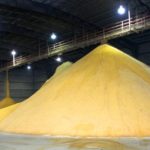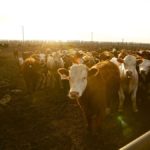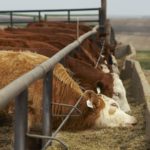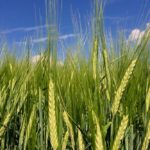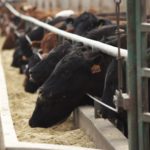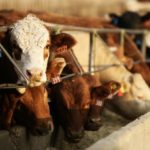CNS Canada — A better-quality Canadian grain crop in 2017 has opened the door to increased imports of distillers dried grains with solubles (DDGS) from the U.S., as Canadian livestock feeders look for other options. Canada imported about 700,000 tonnes of the ethanol byproduct from the U.S. in 2017, the largest imports since 2011 and



